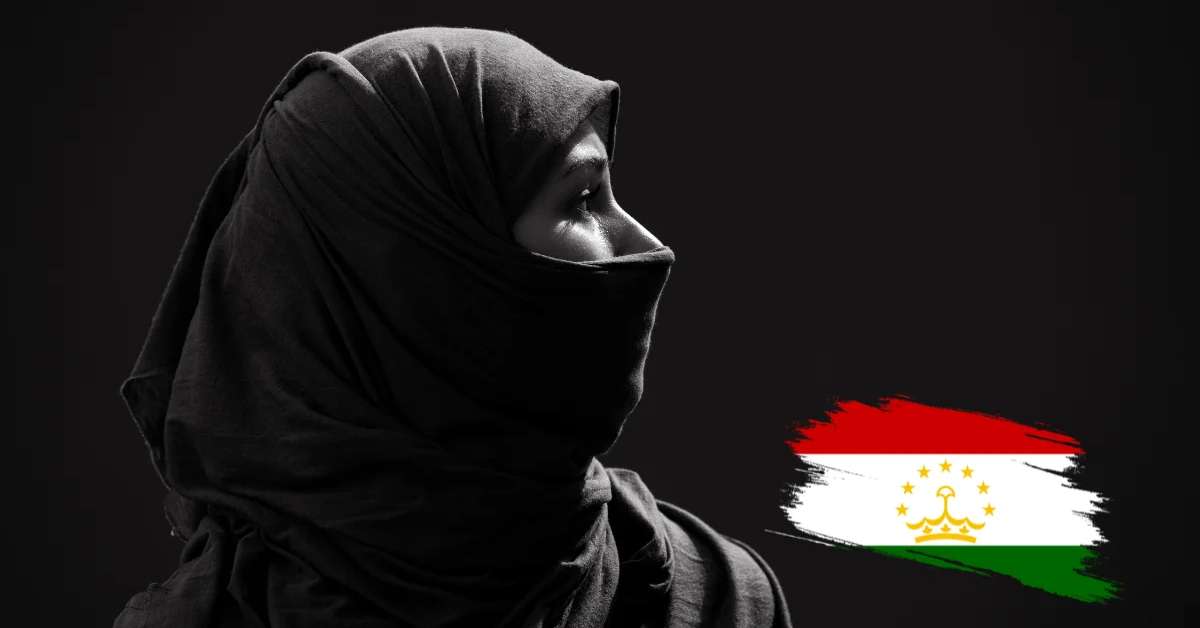This week, the Tajikistan hijab ban made headlines by passing a new law that prohibits wearing hijabs and other foreign clothing across the country. The decision, finalized by the parliament, aims to regulate Islamic attire and celebrations like Eid.
Under the legislation, anyone caught wearing banned religious clothing faces hefty fines. Individuals could be fined up to 7,920 somonis (about $700), while companies allowing such attire could be penalized up to 39,500 somonis ($3,500). Even government officials and religious leaders may face fines ranging from 54,000 to 57,600 somonis ($4,800-$5,100) for violations.
The law also restricts children from taking part in Islamic holiday traditions like Eid festivities and gift-giving. Officials argue these measures safeguard children’s education and safety during these periods.
Tajikistan, where the majority follow Islam, has seen an increase in Middle Eastern Islamic clothing in recent years, leading to concerns about the Tajikistan hijab ban. This trend concerns authorities, who link it to extremism and view it as a threat to Tajik cultural identity. President Emomali Rahmon previously described the hijab as “foreign clothing,” promoting traditional Tajik dress as a preferred alternative.
This legislation marks an escalation in Tajikistan’s efforts to limit Islamic attire, building on earlier bans in schools and public institutions since 2007. Reports even suggest police have forcibly shaved thousands of men’s beards over the past decade.
Critics, including human rights groups, condemn the Tajikistan hijab ban as an infringement on religious freedom. With Muslims making up over 98% of Tajikistan’s population, significant opposition is expected to the new law as it takes effect.
Tajikistan’s new regulations highlight tensions between national culture and religious practices, sparking debates worldwide. The Tajikistan hijab ban is highly controversial, with global interest in its unfolding.

